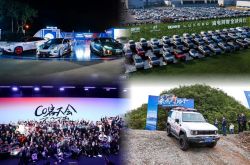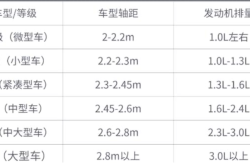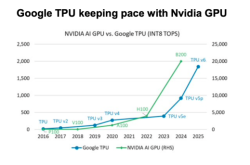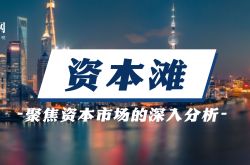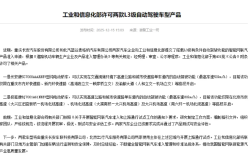Uber Invests $300 Million in Lucid, Securing a 'Central C Position' Between Waymo and Tesla?
![]() 09/11 2025
09/11 2025
![]() 544
544
Introduction
IT Home, September 7th: Lucid, a new force in American automotive manufacturing, recently announced a $300 million (approximately 2.14 billion yuan) strategic investment from Uber. The two companies will jointly develop a dedicated autonomous driving ride-hailing fleet.
This fleet will be built on the Lucid Gravity model, incorporating an L4 autonomous system provided by Nuro, with plans to expand to over 20,000 vehicles within six years.
This signifies that Uber has finally abandoned its obsession with in-house autonomous driving development, opting instead for a collaborative model of 'automaker + tech company + operations platform.'
Facing pressure from Waymo and Tesla's already-launched Robotaxi services, Uber has chosen to accelerate deployment through partnerships, avoiding getting further entangled in the money-burning abyss.
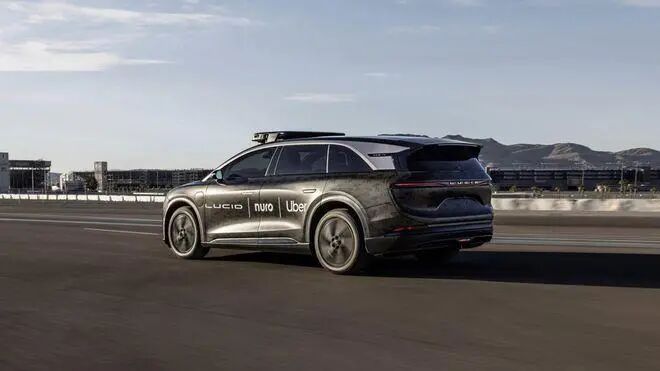
I. Collaboration Background: A Strategic Alliance for Mutual Benefit
1. This investment comes at a critical juncture.
Tesla launched its driverless taxi service in Texas in June, with plans for rapid expansion this year;
Waymo's operations in Phoenix and other cities are becoming increasingly mature, with expansion to more cities underway;
Meanwhile, Uber's autonomous driving project has been progressing slowly, in urgent need of a breakthrough.
2. For Uber, investing in Lucid offers a triple benefit:
Firstly, securing a dedicated vehicle supply, avoiding dependence on third-party manufacturers;
Secondly, leveraging Lucid's electric vehicle technology to quickly enter the high-end ride-hailing market;
Thirdly, sharing research and development costs through collaboration to reduce financial pressure.
3. For Lucid, this investment is a lifesaver.
The company has faced delivery pressures and market doubts in recent years. The large order and investment from Uber not only provide financial support but also offer a stable sales channel.
The projected order volume of 20,000 vehicles is equivalent to five times Lucid's current annual delivery volume.
II. Technical Approach: A Differentiated Solution Through Tripartite Collaboration
1. Integrated Innovation
Unlike Tesla's full-stack in-house development and Waymo's autonomous development, the Uber-Lucid alliance has chosen an integrated approach: Lucid provides the electric vehicle platform, Nuro supplies the L4 autonomous driving system, and Uber offers the operations platform and data.
2. This division of labor leverages each party's strengths
Lucid's Gravity model boasts a range exceeding 800 kilometers, far surpassing the industry average;
Nuro has extensive experience in L4 autonomous driving technology, particularly validated in the logistics and delivery sector;
Uber operates the world's largest ride-hailing network, with over 20 million daily orders.
Each party excels in its respective area, and through integration, they achieve mutual reinforcement and complementarity, resulting in a 1+1+1>3 collaborative model.
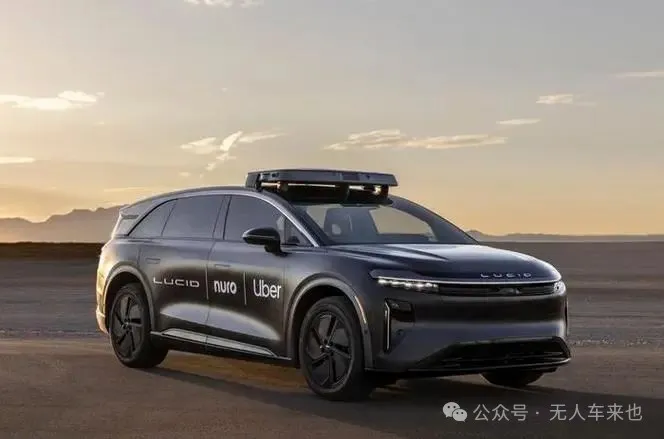
3. Sharing Nuro's Advanced Autonomous Driving Technology
Nuro's participation is particularly noteworthy.
This company, known for its delivery robots, actually has deep technical accumulation in L4 autonomous driving.
Its autonomous driving system has undergone 5 million miles of real-world road testing, with particularly impressive performance in complex urban environments.
III. Market Landscape: A Tripartite Standoff Emerges
1. The U.S. autonomous driving ride-hailing market is forming a three-way rivalry
Tesla adopts a vertically integrated model, handling everything from vehicle manufacturing to algorithm development in-house. Its advantage lies in high synergy efficiency, but the drawback is enormous investment. It has already launched services in Texas and plans to expand to 10 cities this year.
Waymo, as a Google-affiliated company, has the deepest technical accumulation but relies on third-party collaborations for vehicle platforms. It mainly partners with traditional automakers like Chrysler and Jaguar, as well as new forces in automotive manufacturing like Zeekr, operating in cities like Phoenix and San Francisco.
(For related reading, please click:
“Chinese Zeekr Teams Up with American Waymo: Launching in Denver and Seattle, Will Autonomous Driving Conquer Snowy Weather?”)
The Uber-Lucid alliance adopts an open collaboration strategy, integrating advantageous resources from various parties. This model requires less investment and yields quicker results but needs to address coordination issues between different systems.
2. In terms of coverage progress, each has its characteristics
Tesla is the most aggressive, Waymo is the most robust (steady/conservative), and Uber-Lucid attempts to take a middle ground.
Which model is superior remains to be tested by the market.
IV. Production Capacity Layout: A Strategic Choice for U.S. Manufacturing
According to the plan, these autonomous taxis will be assembled at Lucid's factory in Arizona. This choice holds significant implications:
Firstly, proximity to the market.
Arizona is one of the most autonomous driving-friendly states in the U.S., with a relaxed regulatory environment suitable for testing and operations.
Secondly, industrial matching (support/ecosystem).
The state has already attracted multiple autonomous driving projects, including Waymo and Cruise, forming a complete industrial chain ecosystem.
Most importantly, it aligns with the 'Made in America' policy direction.
The Biden administration's electric vehicle subsidy policy requires vehicles to be manufactured in the U.S. Choosing a domestic factory allows for tax incentives and subsidies.
Lucid's Arizona factory currently has an annual production capacity of about 30,000 vehicles, with ample reserved space for expansion.
It is expected that the launch of autonomous driving models will create 5,000 new jobs.
V. Challenges and Risks: The Road Ahead Remains Bumpy
Despite the promising prospects, the Uber-Lucid alliance still faces numerous challenges:
Technical integration is no small feat. Adapting Nuro's autonomous driving system to the Lucid platform requires extensive debugging and optimization, especially ensuring safety and reliability through thorough testing.
Cost control is crucial. The starting price of the Lucid Gravity is around $80,000, and with the autonomous driving system, the cost per vehicle may exceed $150,000. Cost reduction is key to achieving profitability.
Regulatory approvals take time. Although Arizona has a friendly policy environment, expanding to major cities across the U.S. still requires local regulatory approvals, a process that may take longer than technical preparations.
Market competition is intensifying. Besides Tesla and Waymo, General Motors' Cruise, Ford's Argo, and others are also actively deploying. Whoever can achieve scaling (scaled) operations first will gain a first-mover advantage.
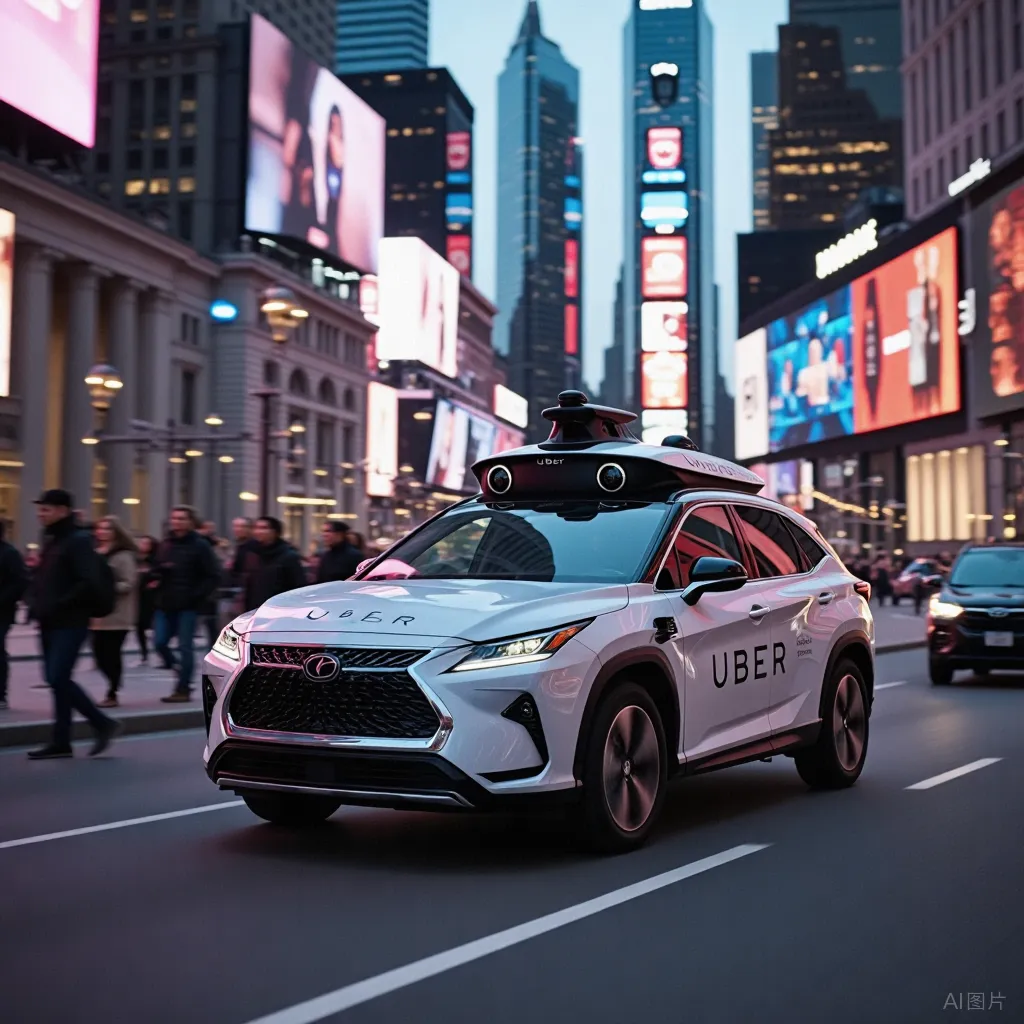
The collaboration between Lucid and Uber marks a significant milestone in the autonomous driving field. It not only provides Lucid with crucial financial support but also signifies that its technology platform will be deeply integrated into one of the world's largest ride-hailing platforms. Through this partnership with Uber, Lucid can accelerate the commercialization of its autonomous driving technology and rapidly expand its market share by leveraging Uber's platform advantages. In conclusion, Weiyao Autonomous Vehicles (WeChat public account: Weiyao Autonomous Vehicles) believes that:
This revolution in the mobility sector has just begun, and Uber's $300 million gamble could be the key move that determines the future landscape.
What do you think, dear?
#WeiyaoAutonomousVehicles #Driverless #AutonomousDriving #Self-DrivingCars #FlyingCars

